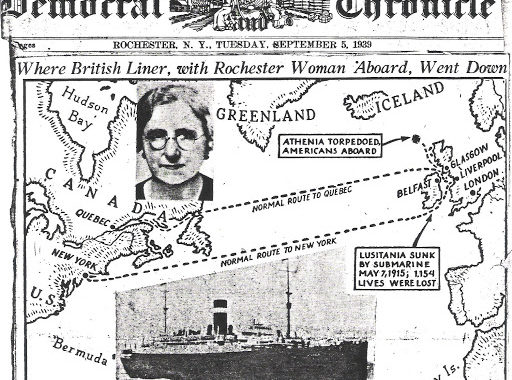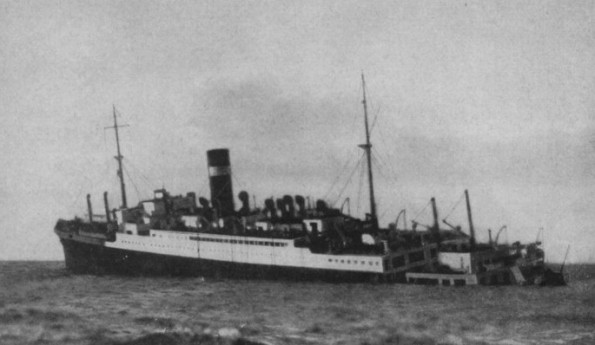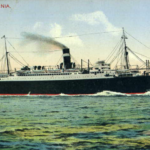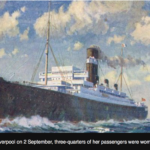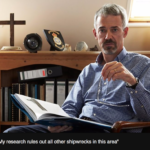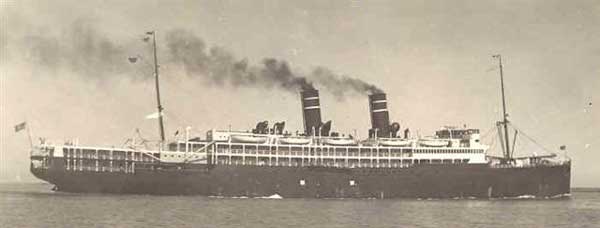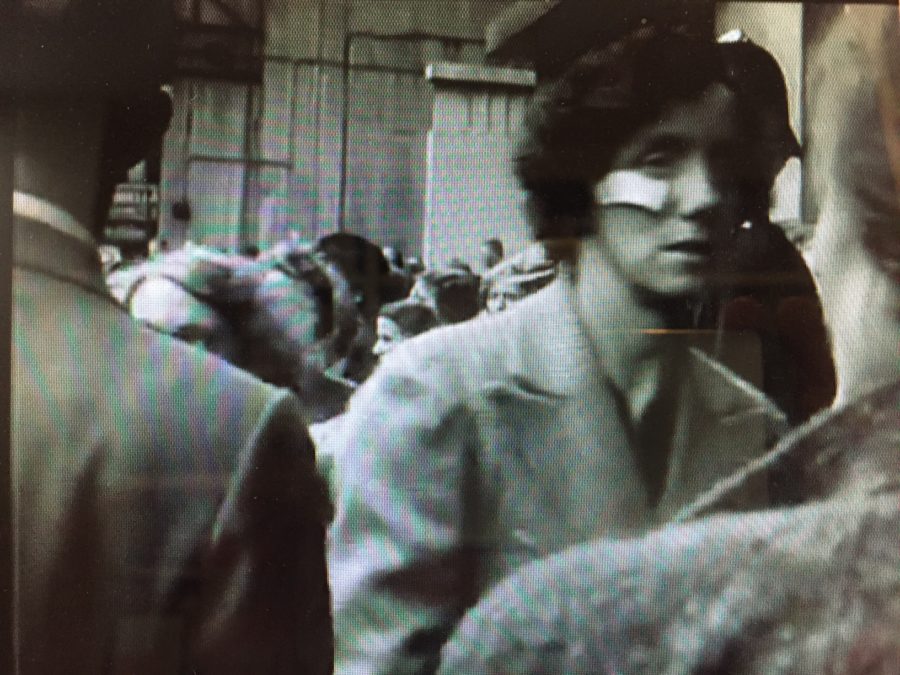Note: This is the first of several occasional blogs about our documentary project, “Athenia’s Last Voyage.”
Not long after Greenleaf Books published my historical novel, Without Warning, in 2017, readers began telling me that the story would make a great movie. When my wife, Kay, and I explored the possibility with a friend’s daughter-in-law (who is in the movie business), she suggested we first make a documentary about the Athenia incident as a way to pique interest in a future feature film.
My goal all along has been to create a wider awareness of the Athenia as a way to honor the memory of my grandmother and so many others who were aboard that ship torpedoed on the first day of World War II. A documentary seemed like an easy next step toward that goal.
Kay and I have been on a steep learning curve ever since. We found a director, Meghan Courtney, eager to take on the project. Last year we filmed interviews with a dozen Athenia survivors and descendants of survivors in Florida and in Halifax, Nova Scotia, where many had come to attend an 80th anniversary commemoration of Athenia’s sinking.
When the dust finally settled, we had more than 180 pages of interview transcripts. It was time to finally write a script for our documentary, using excerpts from the interviews and narration to tell Athenia’s story. That word “story” is the key. To succeed, our script must conform to the basic rules of storytelling. It should enthrall and entertain us from the beginning, to the middle, and all the way through to the end.
We need to engage viewers immediately, with a promise that the story will be well worth the time they spend to watch it. The beginning must quickly establish the documentary’s timeframe and setting, introduce principal characters, and identify what is at stake for the characters.
The beginning is followed by an inciting incident that complicates the characters’ ability to achieve their goal. The incident introduces the middle of the story in which the characters seek again and again to overcome the obstacles that keep them from achieving their goal. This drama builds to a climax, which brings the middle to a close and introduces the ending in which the story comes to a meaningful conclusion.
Good storytellers bring these elements together in ways that seem innovative and unexpected to create memorable novels and screenplays. But these same principles apply to documentary films, with one big exception. In fiction, the storyteller can invent plot twists and characters that serve these basic elements, but a documentarian has to deal with reality. We can’t make up characters or events to suit a plot.
Laying out the bones of our story in a manner that conforms with all the tenets of dramatic storytelling is our next great challenge.
You can follow our progress at our documentary’s website:


